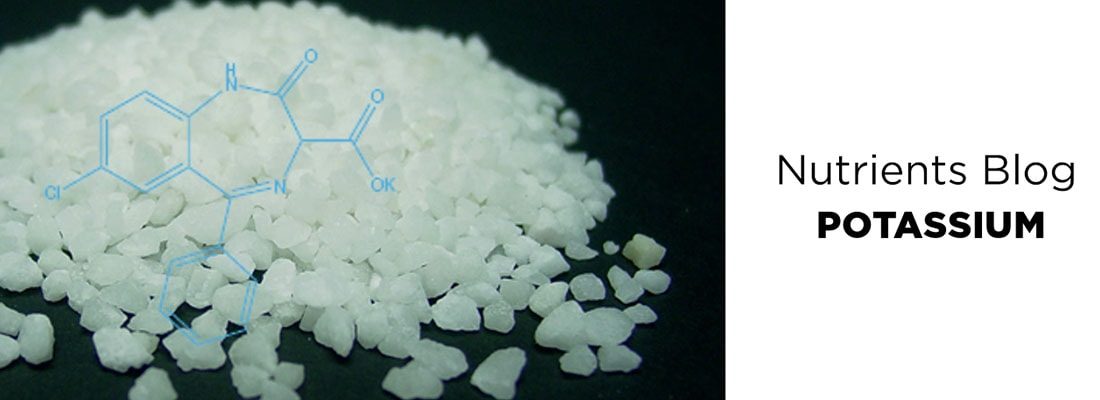
Potassium – Not only in Potatoes
Potassium – Find me on the periodic table
Potassium is also known as Kalium. It’s one of the nutrients that you can find on the periodic table. For everyone who wants to know, the atomic number is 19. The name is derived from potash, the ashes of plants.
Rich sources of potassium are fruits and vegetables, as well as potato and meat. Even bread, milk and nuts contain potassium. If you’re doing a potassium competition, it’s dried apricots that win (gram per gram). Many processed foods contain no potassium.
Potassium is invaluable in the regulation of your body’s hydration, as well as your blood pressure. Aside from this, Potassium interacts together with Sodium in various systems related to nerve endings and muscle contractions.
Potassium – Never gonna let you down
A lack of potassium almost never happens, as the body self-regulates the amount of potassium. Eating less than the optimal amount (see below) does however occur, mostly in Germany and Italy. The sources of potassium are so abundant it is difficult to eat sustenance not containing potassium. However, potassium deficiencies do occur. Especially after heavy vomiting, or when using diuretics. Symptoms of a potassium deficiency are; lack of appetite, weak muscles, nausea, and general malaise.
An overabundance of potassium usually only happens when kidney function is sub-optimal. From regular ingestion of food, a potassium overdose is unlikely to impossible. You would need to ingest almost 18 grams of potassium for it to be seriously poisonous.
There is no official recommended daily intake amount for potassium, although it is suggested to ingest at least 3100 milligrammes per day.
Queal holds 4630mg of potassium, an RDA of 132%.
Join our list and receive an ebook for free.




No Comments